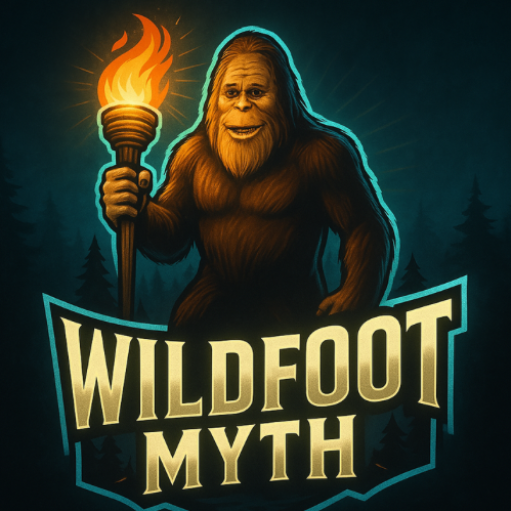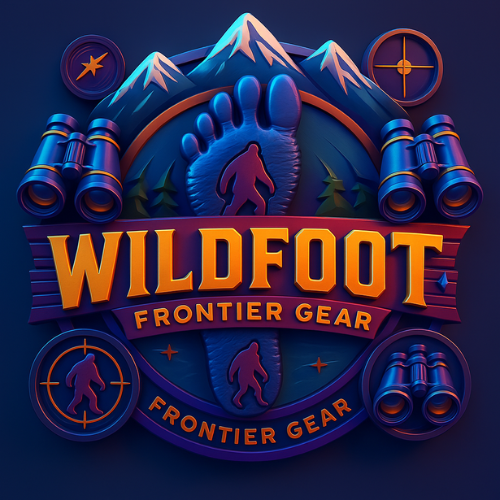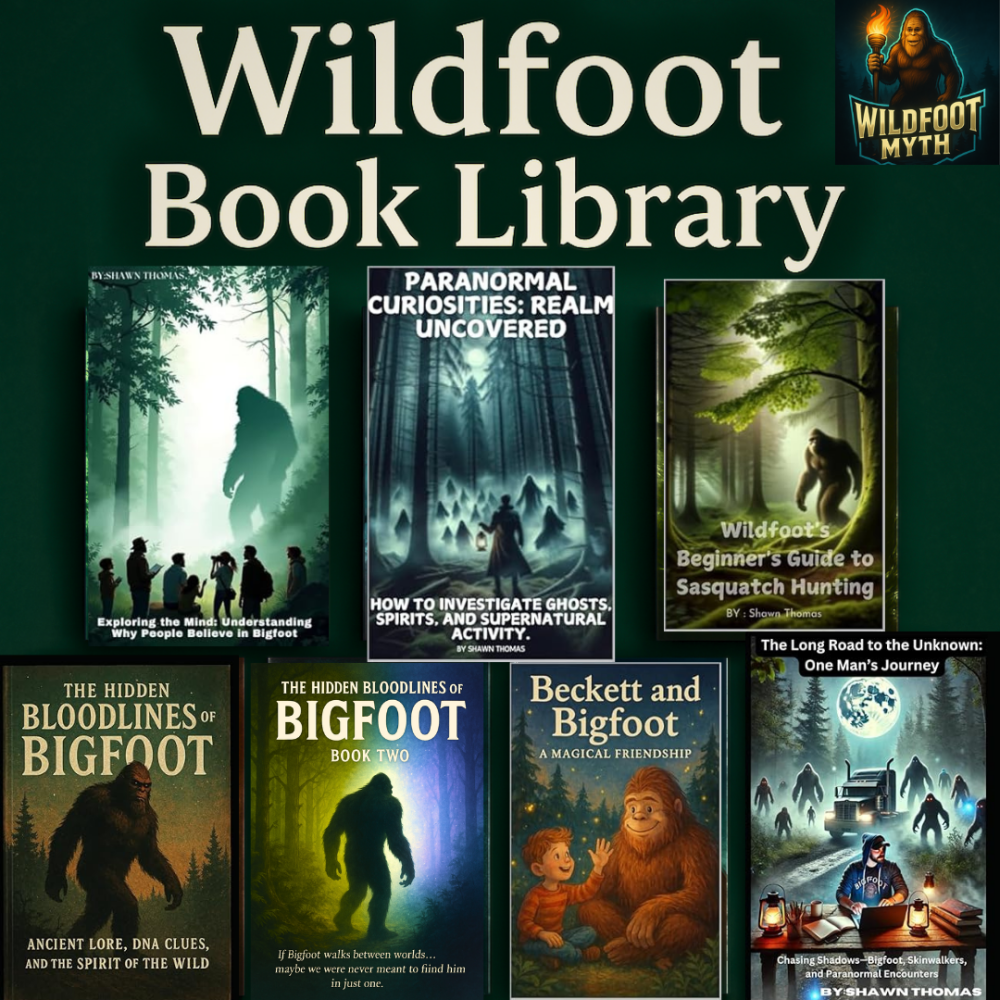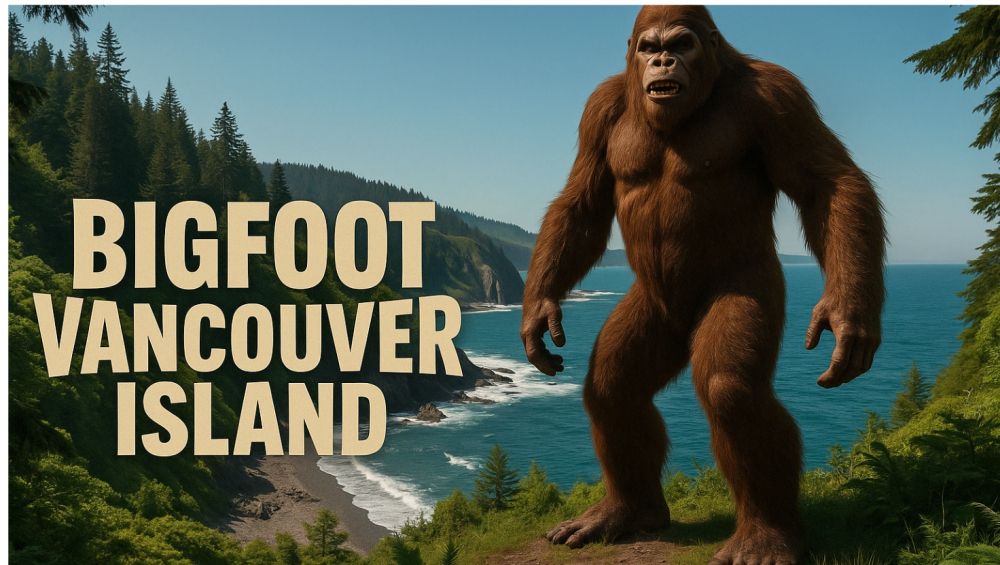
A Mystery Wrapped in Moss: Why Do People Call It Ape Island? It isn’t just a title—it’s an invitation to explore one of the most mysterious regions in North America. They call it “Ape Island.” And while it might sound like folklore at first, this name has a real-world location—Vancouver Island, British Columbia—and it’s steeped in shadowy encounters, spiritual stories, and wilderness that swallows sound.
When I first heard the name, I knew I had to walk it for myself. As someone who’s spent years researching Sasquatch and the forgotten corners of North America, Ape Island pulled at me. This isn’t just about finding a creature. It’s about exploring a land that remembers.
- What Is Ape Island? (My Theory and Summer 2018 Investigation)
- Documented Sightings: What the Records Show
- 5 True Vancouver Island Reports That Keep the Legend Alive
- Vancouver Island isn’t just known for Sasquatch. It’s a land layered with legends:
- Before you vanish into the unknown, explore the tools and tales that started it all—check out the Gear and the Library.
- WILDROOT FRONTIER GEAR
- Wildfoot Book Library
What Is Ape Island? (My Theory and Summer 2018 Investigation)
My deep dive into ‘Ape Island’ started in the summer of 2018, during a personal investigation trip I took to Vancouver Island. I’d already been researching Sasquatch for years, but this place felt different—thick forests, ancient silence, and stories that just wouldn’t leave me alone.
That summer, I followed leads from old Indigenous accounts and more recent witness reports. I met with locals who told me about strange sounds at night, shapes vanishing into tree lines, and footprints too large to explain. It became clear that this place wasn’t just a hotspot for cryptid activity—it was remembering something older. I believe the nickname ‘Ape Island’ was never just about sightings. It was about the island itself holding on to truths we’ve forgotten.
Vancouver Island carries weight—not just in wilderness but in legend. Between Indigenous spiritual beings, reports of upright creatures, strange lights, and ancient lore, the island has all the signs of a mystery that runs far deeper than just Bigfoot.
So yeah—Ape Island may be a nickname. But to those who’ve walked the moss trails, seen the mist move unnaturally, or heard something unplaceable break the silence… it’s not just a label. It’s a signal. It’s a place where something is still out there.
Documented Sightings: What the Records Show

Sasquatch activity on Vancouver Island isn’t just whispered folklore—it’s documented. Repeatedly.
Out of more than 110 total Bigfoot reports across British Columbia listed by the BFRO, at least 15 documented sightings occurred on Vancouver Island alone. These reports span from the 1960s to as recently as 2020 and include everything from vocalizations and strange footprints to full Class A visual encounters.
5 True Vancouver Island Reports That Keep the Legend Alive
Here are five real, documented reports from Vancouver Island that help explain why some call it Ape Island:
- Whiskey Creek, BC – August 1987
Three teens pulled into a gravel pit near Little Qualicum Falls one night looking for a party—but instead, they locked eyes with something massive, silent, and completely still in their headlights. It stood about 7 feet tall, built like a tank, and covered in dark hair. The fear hit instantly. They bailed.
My Take:
This one feels real. That kind of fear doesn’t come from a bear or imagination. I know the area—it’s the perfect kind of edge zone where something could step out of the woods, watch you, and disappear without a trace. Reports like this are why I believe
. View Report # 26765 (Class A)
- Victoria, BC – Fall 2006 On a farm just outside Victoria, a resident caring for rescued animals began noticing strange activity—odd mimicry calls (owls, dogs, even a monkey), animals avoiding the woods, and an overwhelming sense of being watched. The most vivid moment came one night near a bonfire when a 6-foot black figure with spiky hair sprinted across a horse field, leaping a 5-foot fence with ease. The witness described it as fast, heavy, and inside the fence line before vanishing into the trees.
My Take:
This one’s fascinating because it’s not a single event—it’s activity. Repeating patterns, consistent seasons, and intelligent behavior. The power line corridor is key too. I’ve seen that connection show up in more than one case. Whatever’s out there, it’s watching—and it knows the land better than we do.
- Port Alberni, BC – March 1998 A seasoned camper spending weeks alone near Strathcona Provincial Park heard something unexpected one evening. After loud crashing sounds moved toward his campsite, he tried scaring it off—thinking it was a bear. Ten minutes later, a long, drawn-out scream echoed from across the lake. At 51 years old, with a lifetime of wilderness experience, he said he had never heard anything like it.
My Take:
I spent a week in Port Alberni myself while heading up to Tofino—and it’s one of those places that stays with you. Rugged, beautiful, and heavy with silence in the right moments. This report hits me because it’s not a sighting—it’s a presence. That scream… it’s what you remember when the fire goes out and the woods start to breathe. I believe him. No doubt.
- Strathcona Park, BC – March 15, 1998 A veteran woodsman spent three weeks camping alone in the alpine forests near Port Alberni. One evening, just before dark, a crashing sound approached his camp fast—less than 100 yards away. He thought it was a bear, made noise to scare it off, and it retreated. But ten minutes later, a long, loud scream rang out from across the lake. In his words, “I’ve never heard that sound before or since.”
My Take:
This report hits deep. I’ve been through that area—camped near it on my way to Tofino—and it’s a place that feels ancient. That scream? It’s not just a sound… it’s a presence. And for a guy with decades in the bush to admit it rattled him? That says something. Not everything in those woods wants to be found—but sometimes it makes itself known anyway.
- Bowser, BC – Fall 2011 While gathering firewood near Cook Creek, a young boy spotted something moving through the bushline of a clear-cut. He watched a tall, black-brown figure run, jump onto a log, turn, look at their vehicle, then vanish into the trees. It walked on two legs and swung its arms in a way he’d never seen before. What’s wild? He had never seen a Bigfoot show until after this moment—yet he’s been obsessed ever since.
My Take:
What makes this report stand out is the purity of it—a child’s raw, unfiltered experience. He wasn’t influenced by media or folklore. And yet, his description lines up with countless other accounts. That stretch of Vancouver Island near Bowser is wild, remote, and full of stories just like this. I believe this kid saw exactly what he says he did—and it’s not the kind of thing you forget.Vancouver Island Legends: More Than Bigfoot
Vancouver Island isn’t just known for Sasquatch. It’s a land layered with legends:
- Dzunukwa – A large, forest-dwelling woman from Kwakwaka’wakw lore. Not a monster, but a spiritual figure that takes children and guards sacred places.
- Bukwus – The wild man of the woods, a spirit caught between worlds. Said to lure people deeper into the forest.
- Fairy Circles and Energy Vortexes – Locals have reported unusual patterns in moss and soil, sometimes accompanied by loss of time or electronic interference.
- Phantom Campfires and Lights – Reports of lights appearing in remote areas without explanation, including flickering orbs and lantern-like glows.
- Disappearing Paths – Trails that lead somewhere one day, and are inexplicably gone the next. Multiple backcountry explorers and hunters have described this phenomenon.
Whether you believe in spirits, cryptids, or simply the unknown—Vancouver Island is a magnet for stories that refuse to be silenced.
Why People Call It ‘Ape Island’
With everything layered together—mythical beings, real reports, spiritual depth, and untamed landscape—the nickname “Ape Island” becomes more than just catchy. It becomes earned.
It’s what people call it when there’s no other explanation. When science can’t quite catch up. When too many unrelated people tell stories that overlap.
Some locals say it with a chuckle. Others say it with a shake in their voice.
And if you’ve ever walked into those forests alone… you’ll understand why.
People Also Ask

What do they call Bigfoot in Canada?
In Canada, Bigfoot is commonly referred to as Sasquatch, a term popularized in the early 20th century and now deeply embedded in Canadian folklore and identity.
Is there Sasquatch on Vancouver Island?
Yes, there have been at least 15 documented sightings of Sasquatch on Vancouver Island, many of them investigated and catalogued by the Bigfoot Field Researchers Organization (BFRO). These include footprints, vocalizations, and full Class A visual encounters.
Why is it called a Sasquatch?
The word Sasquatch originates from the Sts’ailes First Nation people of British Columbia. It comes from the word Sésquac, meaning “wild man of the woods.” The term was popularized by Canadian schoolteacher J.W. Burns in the 1920s.
Is Sasquatch a native word?
Yes, Sasquatch is derived from Indigenous Coast Salish languages, particularly from the Halq’eméylem word Sésquac. It reflects the cultural beliefs of local Indigenous peoples who have passed down stories of forest-dwelling beings for generations.
These questions are showing up more and more as Ape Island continues to gain attention. While Vancouver Island has always been rich in culture and wilderness, this new nickname points to something different—something primal, hidden, and still unfolding.
Visual Clues: What the Island Looks Like
To truly understand Ape Island, you have to see it.
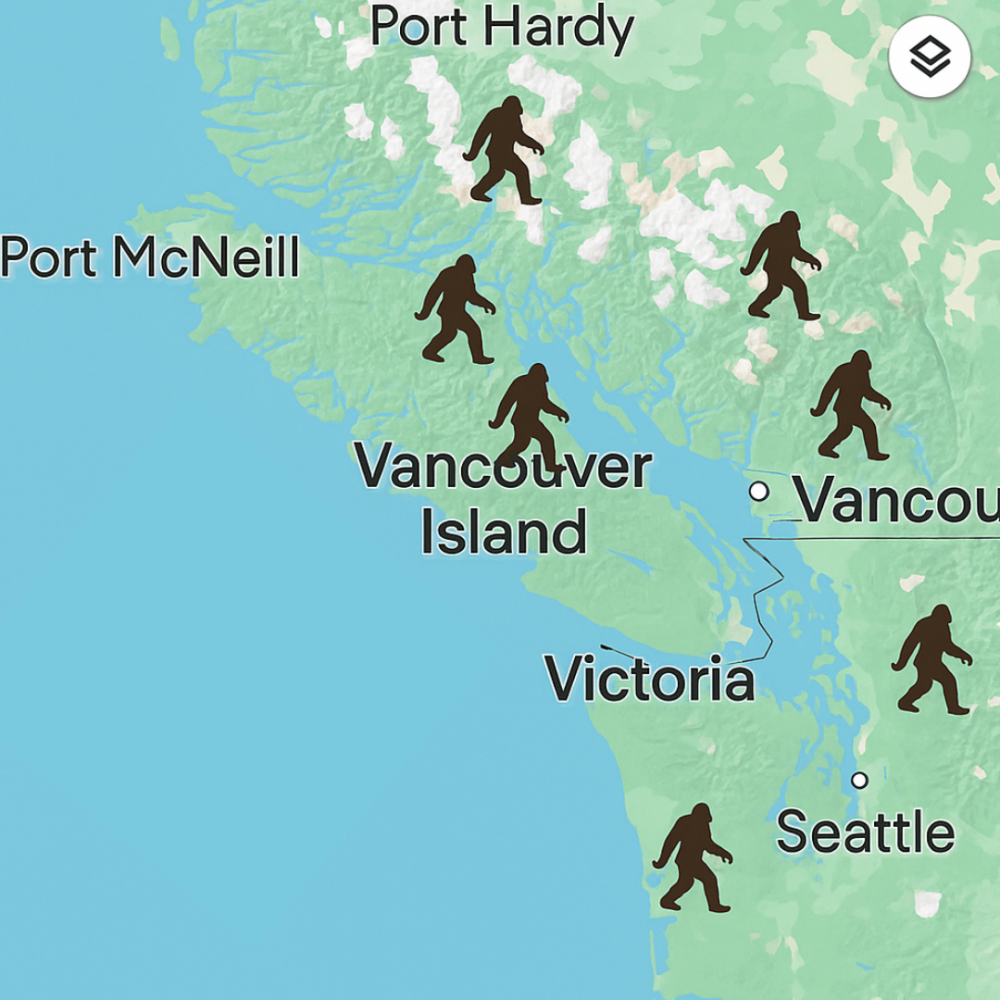
This map shows the vastness of Vancouver Island and just how many remote, forested zones exist that could harbor creatures unseen by modern eyes. From Gold River to Port Hardy, there’s no shortage of ground to cover—or mystery to uncover.

This photo captures the kind of shoreline where fog meets forest and stories are born. It’s not hard to imagine something ancient watching from the tree line. Whether you’re camping under the stars or hiking a forgotten path, the environment feels alive, aware—and at times, not entirely alone.
A Name That Stuck: Myth Meets Modern Mystery
The phrase “Ape Island” hit the mainstream after the MonsterQuest episode “Mysterious Ape Island” aired in 2009, spotlighting eerie coastal sightings. But long before cameras arrived, the First Nations people of the region told stories of the Dzunukwa and Bukwus—forest beings both feared and revered.
These weren’t just bedtime stories. They were part of the culture, passed down with meaning. They spoke of watchers, spiritual beings who crossed between worlds—stories that now mirror what cryptid researchers call Bigfoot.
Final Thought
Vancouver Island isn’t just home to rugged trails and ancient forests—it’s a living map of encounters, whispers, and shadows that move just beyond reach. From Whiskey Creek to Bowser, these stories speak of something more than legend. They’re reminders that not everything wild has been discovered, and not every story needs proof to carry weight.
Whether it’s a child spotting something in a clear-cut or a seasoned woodsman hearing a scream that doesn’t belong—these moments leave a mark. And if you’ve ever stood alone in the forest and felt watched, you already know…
Some truths don’t need a spotlight. They just need someone willing to keep looking.
Stay curious. Keep listening. The forest remembers.
Before you vanish into the unknown, explore the tools and tales that started it all—check out the Gear and the Library.
